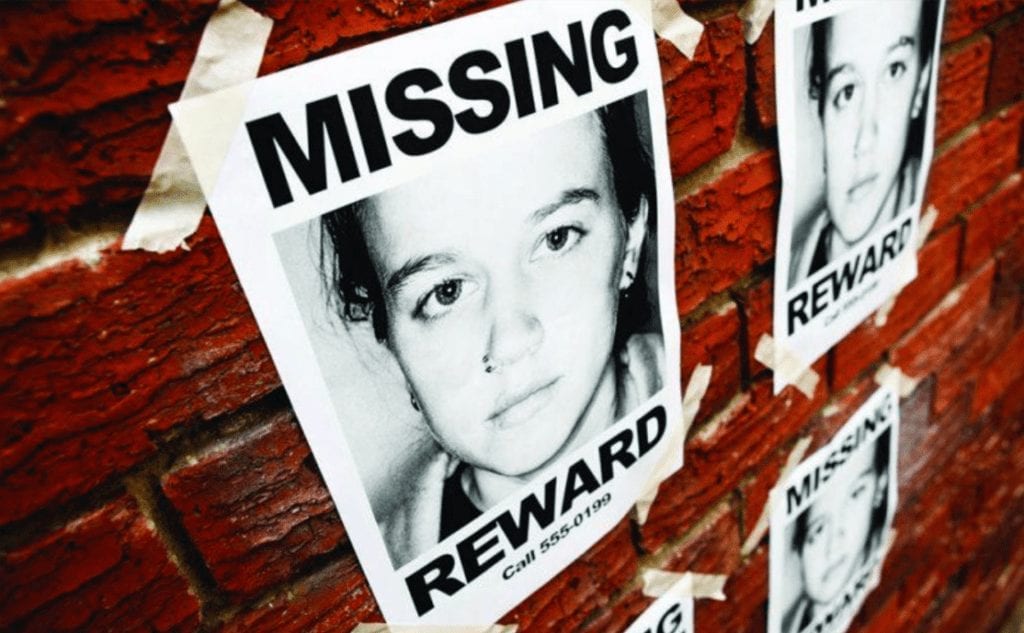
If you watch a lot of crime dramas, either on television or on the silver screen, you might have heard a law enforcement character say something to the effect of, “You must wait 24 hours before reporting a person missing.” It surprises many Americans that this is a myth perpetuated by mainstream media to cover narrative plot-holes. In fact, waiting even a few hours can compromise a missing persons investigation, as the first 72 hours are the most important when investigators begin searching for a missing person.
Close your eyes and try to remember what you had for breakfast three days ago. If you have a repetitive routine, this might be easy for you. Unfortunately, when it comes to interviewing witnesses, investigators just aren’t that lucky. Dr. Bryanna Fox recently told ABC news, in an interview regarding the importance of time in any investigation, “The information that law enforcement gets tends to be a little more accurate, and they are able to act on the information and hopefully get that person who is missing quicker.” The passage of time is one of investigators’ greatest obstacles when it comes to missing person cases. Not only does time hinder a witness’s memory, but evidence is also lost and cannot be properly secured. Leads go cold as time is lost, and the trail slips through investigators fingers.
It’s not uncommon for a person to go missing on their own terms. Perhaps they want a fresh start, or they’re running from law enforcement. Adults are free to disappear, if that’s what they wish, but loved ones should still remain concerned. The first 72 hours of a missing person investigation can be the difference between life and death, as the missing person might be in danger. When law enforcement believe a missing person might not have vanished of their own accord, they classify the person as “missing endangered.” This classification is often reserved for minors under 18, or senior citizens over 65, but definitions vary from state to state. In Indiana, endangered missing persons bulletins are often accompanied by a Silver Alert, which applies to senior citizens and adults who might be imminently harmed. Indiana recently began issuing Silver Alerts when children are reported missing as well to instantly distinguish the circumstances of their disappearance. For instance, a child who is abducted by a custodial parent or family member are often not in immediate danger, qualifying them for an Amber Alert. When there is evidence to the contrary, however, law enforcement in Indiana can issue a Silver Alert to classify the child as endangered missing. Dr. Michelle Jeanis, a criminology professor at the University of Louisiana, describes a horrifying reality that sends fretful parents into a tailspin. In the rare case of a stranger abduction, children are killed only a short time after they’ve been taken. Senior citizens and adults who may have disabilities, mental illnesses, or who are otherwise unable to take care of themselves are also at high risk. Consequently, time is of the essence when it comes to reporting these individuals missing so investigators can jump on their trail to ensure they are reunited with their families safe and sound.
Regardless of the circumstances surrounding a person’s disappearance, time is of the essence when it comes to an investigation. When reporting a friend or loved one missing, it’s important you are armed with all possible information for investigators. Deductive reasoning will allow them to shape viable leads to follow in pursuit of their trail. Any knowledge about their personal relationships, routine, and habits will prove more useful than expected. This information allows investigators to make the most of that crucial first 72 hours, increasing the chances the missing person will be found safe and reunited with their loved ones.

